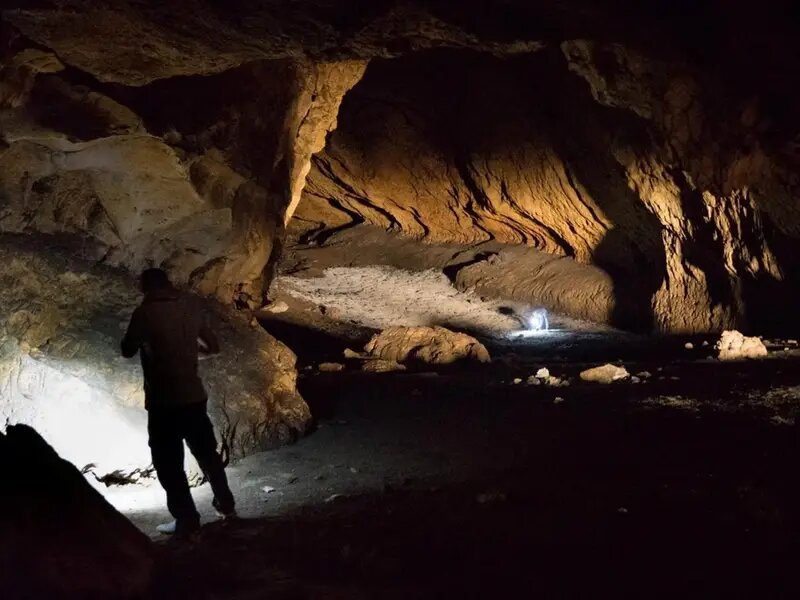Early humans lived on Iranian Plateau for 20,000 years after leaving Africa, study suggests

TEHRAN - Following the exodus from Africa around 70,000 years ago, early humans established a significant presence on what is now known as the Iranian Plateau, according to a new study.
As Homo sapiens migrated out of Africa, they left minimal evidence of their movements until resurfacing in Eurasia 20,000 years later. This leaves a puzzling question: where did they reside during this interval? The study suggests that early Homo sapiens made their home on the Persian Plateau during this enigmatic period.
“A study proposes that Homo sapiens outside of Africa made their home on the Persian plateau between 70,000 and 45,000 years ago…. The Persian plateau, which the researchers defined includes most of modern-day Iran as well as the Persian Gulf and Mesopotamia,” Live Science reported.
Fossil records indicate Homo sapiens migrations extending back at least 210,000 years ago, while genetic studies pinpoint a major migration event around 70,000 years ago, which significantly influenced the genetic makeup of present-day non-African populations.
The study suggests that between 60,000 and 45,000 years ago, Homo sapiens fossils are notably absent across Eurasia, prompting researchers to investigate their whereabouts during this period.
Utilizing climate models and genetic data, the research team identified the Persian Plateau as the most suitable location for human habitation during this timeframe. Their findings were published on March 25 in the journal Nature Communications.
Yet, there remains disagreement among scholars regarding these conclusions, with some asserting the need for further evidence.
Previous research examining paleolithic Eurasian genomes and correlating them with archaeological evidence for advancements in stone tool technology suggested that modern humans congregated in a population hub, serving as a launching point for migrations across Eurasia. However, identifying the precise location of this population hub required the integration of a paleoclimate model, a key component of the recent study.
According to this well-established hypothesis, the human species, having evolved to its modern form in East Africa some 150,000 years ago, thereafter embarked on populating the entire globe in a stepwise migration process beginning about 70,000–90,000 BP.
AM
Leave a Comment